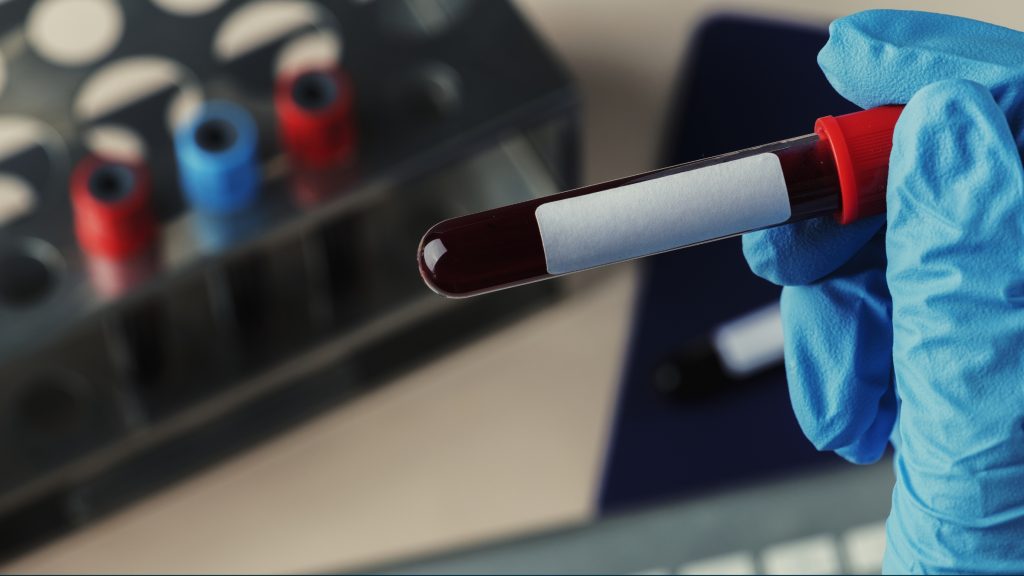
Researchers at Japan’s National Defense Medical College have brought science fiction closer to reality with a new Medtech milestone in synthetic blood transfusion, promising universal storage free blood to globally transform hospitals, ambulances, and battlefields’ emergency care.
Blood transfusions are fundamental in emergencies, surgery, trauma treatment, even during war, but are still bound by certain limitations. Blood must be carefully matched, kept cold, and used quickly.
Japan’s artificial cells, blood substitutes, and biotechnology discovery goes against these limitations. Unlike biological blood that expires after 42 days, Japan’s artificial blood is shelf-stable for two years at room temperature.
Synthetic hemoglobin can be given to anyone, anywhere with no matching, no refrigerator, and no rush. Where every minute counts in life and death situations and compatibility is critical, this technology will rescue thousands of lives during disaster zones, remote locations, and where medical centers are few.
Artificial Human Blood Substitute
Universal artificial blood uses technology known as hemoglobin vesicle (HbV) technology. The process begins by extracting hemoglobin from blood that has expired but is still donated, and it is placed within synthetic lipid membranes to form nano-sized vesicles that mimic actual red blood cells.
These kinds of artificial cells contain oxygen in the body just as their organic equivalents do. The combination of synthetic blood transfusion also contains platelet substitutes, enabling blood clotting, most important during surgery or trauma. All together, these components replicate two key aspects of human blood: oxygen transport and coagulation.
Aside from the high spirits regarding the process of this achievement, there are several challenges to overcome.
Production needs to be massed to meet national and global demand. Synthetic blood for transfusion technology must also pass complex regulatory clearance processes, prove effective in real, high pressure clinical settings, and not become prohibitively costly or inaccessible once commercialized.
On the other side of the world, the US and UK are developing their own artificial blood treatments from lab grown red blood cells to freeze-dried hemoglobin powder.
Although Japan’s method is top notch and has an unbeatable stability and worldwide compatibility, it’s one of the most promising techniques in the sector.
New Means of Survival
Japan’s artificial blood substitutes technology not only avoids death, but it creates life. For patients on hospital beds with chronic anemia, organ failure, or trauma induced blood loss, synthetic blood availability can greatly reduce complications and enhance treatment windows.
It means safer surgery for patients with rare blood types, endless critical care during catastrophes, and new hope for those relying on repeated transfusions.
In intensive care and rehabilitation units for newborns, where every drop of compatible blood is precious, synthetic blood transfusion can extend the limits not merely to live, but to heal and grow.
This is not just a medical breakthrough, it’s a revolution in sustaining life.
Inside Telecom provides you with an extensive list of content covering all aspects of the Tech industry. Keep an eye on our Medtech section to stay informed and updated with our daily articles.